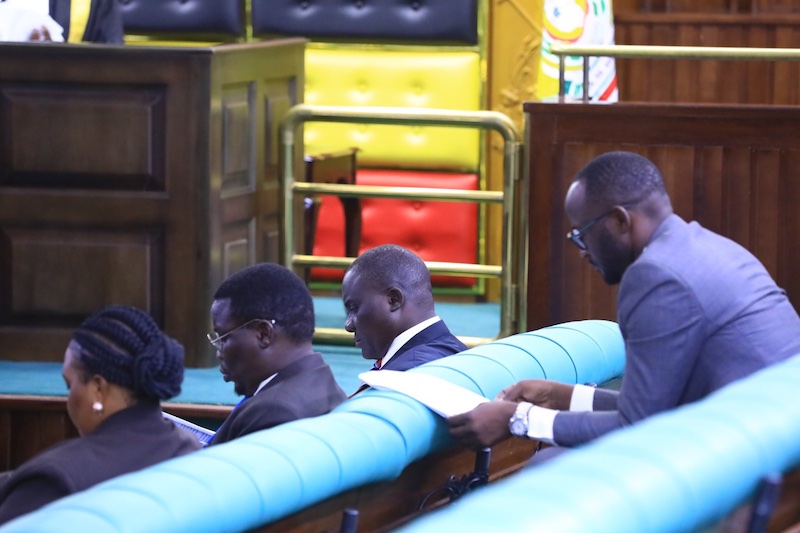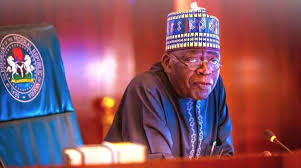
The parliament’s committee on education and sports has been given three weeks to probe Uganda’s Higher Education Students’ Financing Scheme (HESFS) amid accusations of favouritism and marginalisation.
The HESFS, established under the Higher Education Students Financing Act, 2014, was rolled out in the 2014/2015 academic year to expand access to higher education for students from low-income families.
It was also meant to prioritise marginalised regions, learners with disabilities, and critical fields such as health, education, and engineering. The state minister for Higher Education, John Chrysostom Muyingo, revealed to parliament that the 2025/2026 call for loan applications opened from June 15 to July 31 and was later extended to August 15 received 7,175 applications, up from 6,661 the previous year.
Of these, 5,920 were for undergraduate degrees and 1,205 for diploma courses. Only 2,047 applicants were successful, representing a 28.8 per cent success rate. Among them were 1,186 males and 861 females, a notable increase in female participation attributed to the extra seven points awarded to women under affirmative action.
“The highest number of beneficiaries are in education (513), followed by engineering (444),” Muyingo said. “This reflects alignment with the National Development Plan IV, focusing on industrialisation, tourism, science, and technology. Persons with disabilities were also supported to pursue programs in the humanities and sciences.”
However, despite these improvements, lawmakers described the scheme as a “flawed lifeline” that continues to favour districts in western Uganda. For instance, Ntungamo had 63 beneficiaries, Sheema 43, Bushenyi 35, and Mitooma 20, while Gulu had only 8, and Abim 9.
Other ‘neglected’ districts included Amudat (1), Buvuma (4), Kalangala (3), Madi Okollo (7), Obongi (5), Moroto (3), Buliisa (4), Ntoroko (5), and Nabilatuk (6). The MPs claimed the scheme currently entrenches regional inequality, marginalises rural learners, and leaves behind the country’s most vulnerable students.
Erute County South MP Jonathan Odur called the imbalance “unacceptable,” urging parliament to refer the matter to the education committee for urgent national-level redress.
Obongi County MP George Boka Didi lamented that historically marginalised regions such as Karamoja, Acholi, Lango, West Nile, and Bukedi continue to miss out.
“Loans flow to districts already thriving, yet areas like Obongi remain starved of opportunity. Affirmative action seems absent here; we are building walls, not bridges,” he said.
Butambala County MP Muhammad Muwanga Kivumbi faulted the government for maintaining a static annual cap of 4,000 students.
“Families are selling land to fund degrees, deepening poverty,” he said. “Are we content with a relic from 40 years ago since the ruling National Resistance Movement government took power?”
Kiboga District Woman MP Christine Nakimwero criticised the scheme’s online-only application process for excluding rural students.
“The online system leaves rural students behind. We need district officers to guide these kids. Many have no gadgets or internet access; they’re being left in the dust,” she said.
Under the amended law, applicants must be Ugandan citizens admitted to accredited programs before they apply for the loans. The allocations follow a 60/40 formula: 60 per cent based on district quotas and 40 per cent on socio-economic vulnerability.
Of the district quota, 30 per cent is shared equally among districts, providing each with four to five slots, regardless of the number of applicants. The remaining 30 per cent is allocated according to the number of applications received.
Deputy speaker of parliament, Thomas Tayebwa, acknowledged cultural barriers, noting that some families fear taking loans on behalf of their children. He tasked the education and sports committee to review Muyingo’s report and propose corrective measures to ensure fair access.
Following the 2024 amendment to the HESFS Act and the rationalisation of government agencies, the scheme was integrated into the ministry of Education and Sports from January 1, 2025.
It now operates as a departmental function, covering tuition, functional fees, research costs, and assistive devices for students with disabilities. Muyingo revealed that Shs 3.83 billion has been earmarked for first-year students in 2025/2026, funding 1,500 learners.
The same amount funded 2,047 students the previous year, reflecting a lower per-student allocation due to more costly industrial courses.



